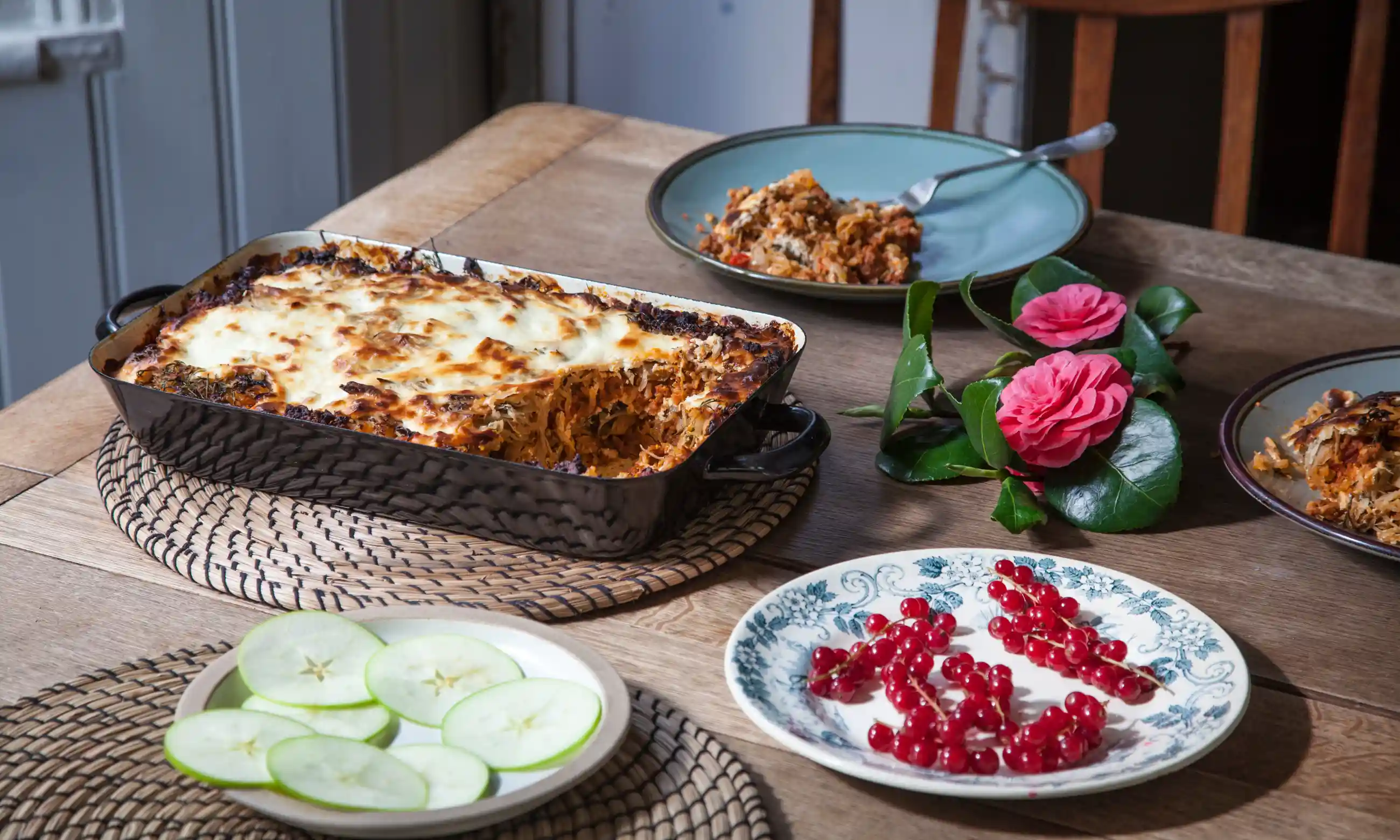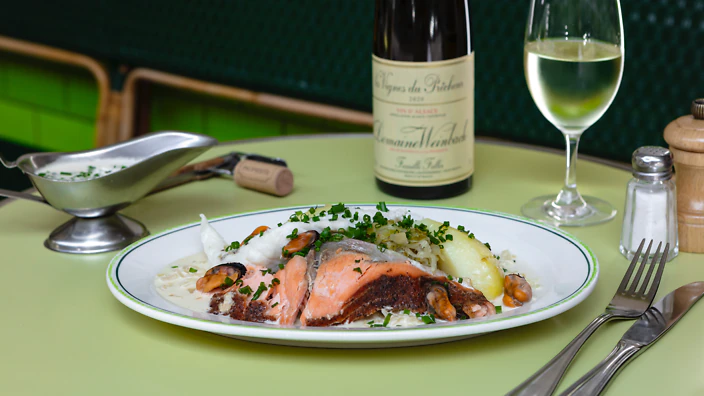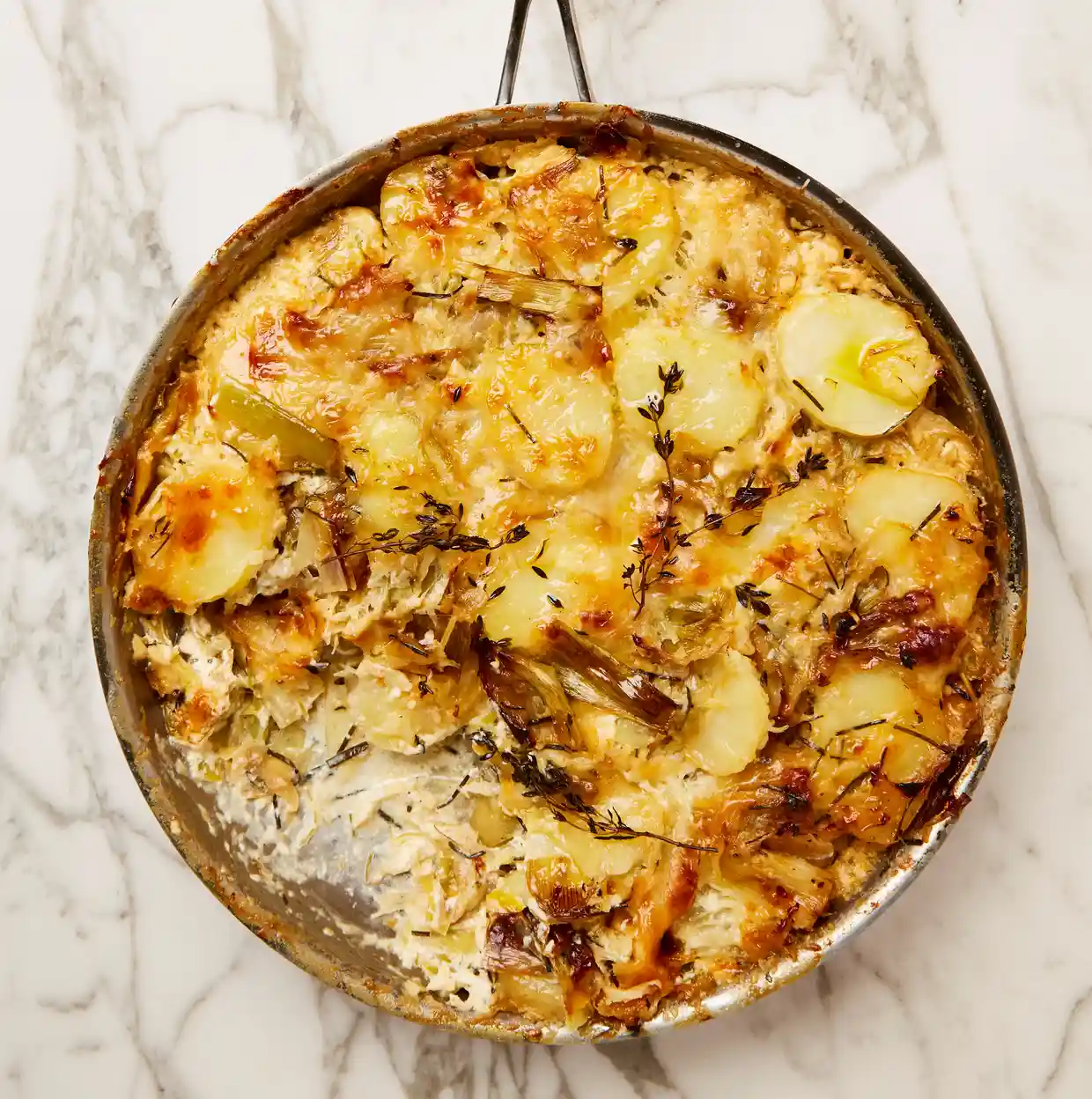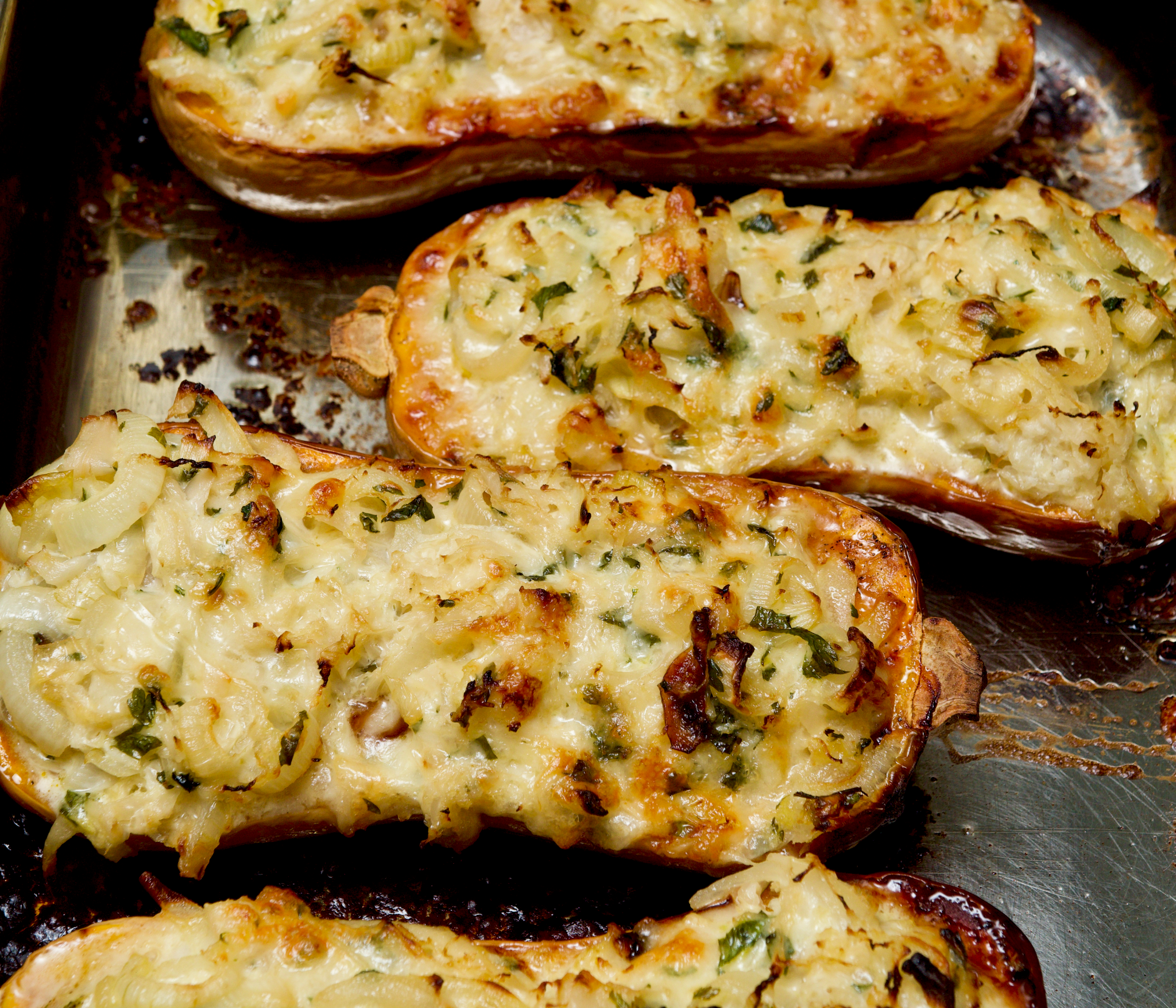Half a jar of sauerkraut
- rosemary
- May 9, 2023
- 6 min read
“When life gives you cabbage, prepare sauerkraut.” popular saying

Sauerkraut is extremely fashionable at the moment - all that fermentation and human biome stuff that we all know. It's not quite as fashionable as kimchi. No - it's nowhere near as fashionable as kimchi, which I have still not tried, but nevertheless just about everyone has a recipe telling you how to make sauerkraut, even though you can buy perfectly acceptable tins and jars in the supermarket. I did make some red cabbage sauerkraut once from a Donna Hay recipe but I wasn't all that impressed, so I have been a bit slow at giving it another go. I should, because life has given me cabbage - almost a whole one in my fridge.
Today though I am on my clear the freezer kick and have removed some kransky sausages and vegetable stock, so my first thought was sauerkraut and a casserole, with onions and potatoes. Maybe some mushrooms. Suffice to say I shall make it up. The sauerkraut was my first thought because I have half a jar sitting at the back of the top shelf of my fridge and it really should be used.
Even though I shall be making our dinner up from what I have to hand, I have been browsing recipes - looking for something different - just in case I found something even better than what I was planning. I don't think so is the answer, which is not to say there aren't some good ideas out there which I shall come to.
But first I started to wonder why the British don't do sauerkraut? All of the northern part of Europe, into Russia and beyond do some kind of fermented cabbage. Even the Italians in the far north and the French in Alsace, so why not the British? It's cold and they have a lot of cabbage. They also like salt, which was used to preserve fish. It's a mystery, shared by others, but with no answer.
"It has often struck me as odd that Britain possesses no distinct tradition of fermenting food. We use wild or cultivated yeasts, of course, to give life to our beers and our breads; we let cheeses, a vast array of cheeses, quietly follow their own course in the soft dark of caves, of gorges and cellars; where, though, is our kimchi, our choucroute, our sauerkraut, our miso, natto or garum? When we assimilate traditionally fermented foods into our own magpie cuisine, it is often that element which is the first to go; kecap becomes ketchup, and the reassuring tang of sweetened vinegar replaces the complex vegetal aromas of controlled decay." Thom Eagle
Furthermore although many British chefs will tell you how to make sauerkraut they won't tell you what to do with it. Delia has nothing, neither does Jamie. Hugh Fearnley Whittingstall, whom you would have thought would have been really into it, does not have it at all in his massive A-Z tome of favourite ingredients. Nigella doesn't do sauerkraut, but Nigel Slater does - well a little bit, and so does Ottlenghi - well - he's not really British. Jane Grigson - bless her - did give a few pages over to sauerkraut in her Vegetable Book - but she admits she's not much of a fan and the recipes she provides are all 'foreign'.
So it remains a mystery.

On to what I found. Well the first thing to note is that there is an overwhelming Reuben trend. 'Reuben' this and 'Reuben' that. Reuben you may remember is the name given to a kind of New York/Jewish sandwich, easily transferred to hot dogs and the like. So just to pay homage to the concept these are Reuben hand pies from Lucy Busuttil and delicious. Corned beef, sauerkraut, mustard, cheese and pickles.
There are several 'national' dishes across Europe - Rakott káposzta from Hungary via Jacob Kenedy's grandmother; Bigos from Poland and SBS and Choucroute garni from Jacques Pépin. I know I've written about Choucroute garni before because it was my very first experience of sauerkraut. Love it to bits. Then there is Zuurkoolschote from the Netherlands, which fundamentally looks like Shepherd's pie with sauerkraut in the meat mixture - and not that appetising - but Dutch food is not one of the great cuisines of the world is it? The recipe is from The Dutch Table. There was also a dish from Czechoslovakia called Hairy dumplings (Gnocchi with sauerkraut and caramelised onions) from a website called Czech Vegan (In America) but I don't know how really Czech that is. It could be interesting though.
Finally on the national front a dish I remember very clearly eating in Mostar in what was then Yugoslavia but now either Croatia or Bosnia I think. It's called Sarma and is stuffed cabbage leaves in a tomatoey sauce. The leaves I now know are actual fermented cabbage leaves, which may not be that easy to find here. Though you could make your own. There's sauerkraut in the filling too. I also found a variation from Romania (Romanian cabbage rolls) on a website called Jo Cooks, which I think I have come across before. They look really good. I think they are a common dish all the way across the Balkans.
So what did the cooks of today, not hidebound by tradition do? There are heaps and heaps of recipes that do the pork/ham/sausage thing so I have ignored them. That's what I'm trying to do tonight. There were also heaps of salad recipes - mostly slaws. And before I launch into what I did find, here is a very useful little piece from Julien Freund, Director of the Institute of Sociology in Strasbourg, (Les Saisons d'Alsace), on the things that go well with sauerkraut.
"Sauerkraut is tolerant, for it seems to be a well of contradictions. Not that it would preach a gastronomic neutrality that would endure all heresies. It rejects dogmatism and approves of individual tastes. It forms a marvelous combination with numerous spices, odors, or spirits: juniper berries, coriander seeds, peppercorns, cranberries, Reinette apples, stock, and wine; it even welcomes flakes of yeast or leftover Gruyère since it accepts being prepared au gratin. Its flavor sustains various potato dishes: boiled in their skins, crisps (potato chips), braised, sautéed, grilled, or simply cooked in water. It adopts many sorts of fat, including lard, butter, goose fat, or roast dripping. The variety of meats to which it consents is infinite: sausages of all kinds, such as knackwurst, white sausage, Lorraine, Montbeliard, chipolata, black pudding, hams, smoked or salted bacon, quenelles, pickled and smoked pork, goose, pheasant, etc. It makes excuses for red wine, although it has a weakness for beer and lets itself be spoilt by white wine. Each stomach may find its own happiness in it."
And he didn't mention fish but SBS in the guise of Guy-Pierre Baumann did a take on choucroute with three fish and mussels Choucroute de la mer (Three fish with choucroute) - something to admire rather than make I think. SBS gave it a cooking grade of ACE - meaning you need to be an ace cook to make it. I think Nigel Slater paired it with fish (smoked trout) as well in a salad, but he also offered a Sauerkraut, fontina and walnut galette which looked pretty easy and pretty nice when next you are feeling vegetarian. Ottolenghi did Potato, leek and sauerkraut gratin which is maybe better as a side dish and J. Kenji López-Alt did soup - Easy creamy potato, leek, and sauerkraut soup - a variation on Vichysoisse. Martha Stewart's test kitchen people came up with Braised chicken legs in sauerkraut which was pretty simple and a good template for similar dishes. Perhaps the most 'out there;' things that I found were from the bloggers of the world - Jono and Jules do Food and Wine with Butternut squash with sauerkraut and gruyère - also convertible to other vegetables I think, and Grilled avocado sauerkraut sandwich from Dizzy, Busy and Hungry.
Now I could be tempted by all of them. And did I say that there is also red cabbage sauerkraut as well?

Or you could just go to the Queen Vic Market and buy yourself a bratwurst in a roll with sauerkraut. They're a Melbourne institution.
Or make one yourself if you've only got a little bit of sauerkraut.

























Comments